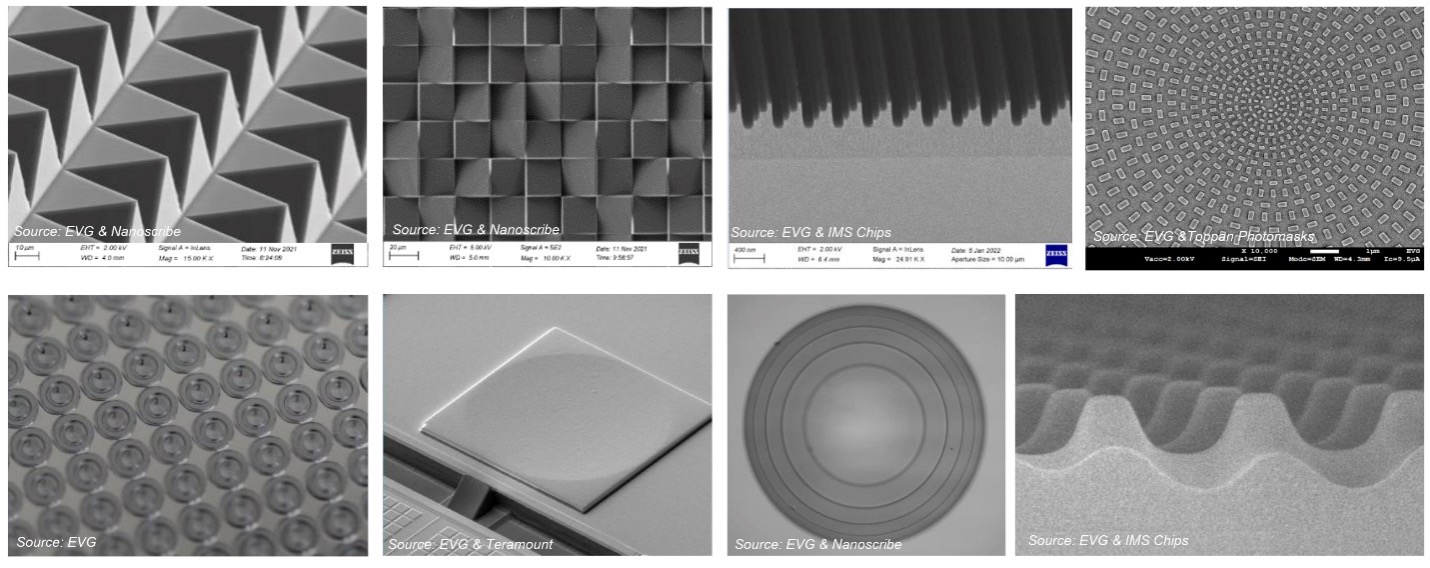Arthur Hanson
Well-known member
Anhttps://www.anandtech.com/show/21097/canons-nanoimprint-lithography-tool-can-challenge-euv-scannersy
Any thoughts on this new Cannon EUV technology and if it will change any part of the semi world? Will Cannon become a competitor at even the lower end and can this technology advance to the higher end?
Any thoughts on this new Cannon EUV technology and if it will change any part of the semi world? Will Cannon become a competitor at even the lower end and can this technology advance to the higher end?

